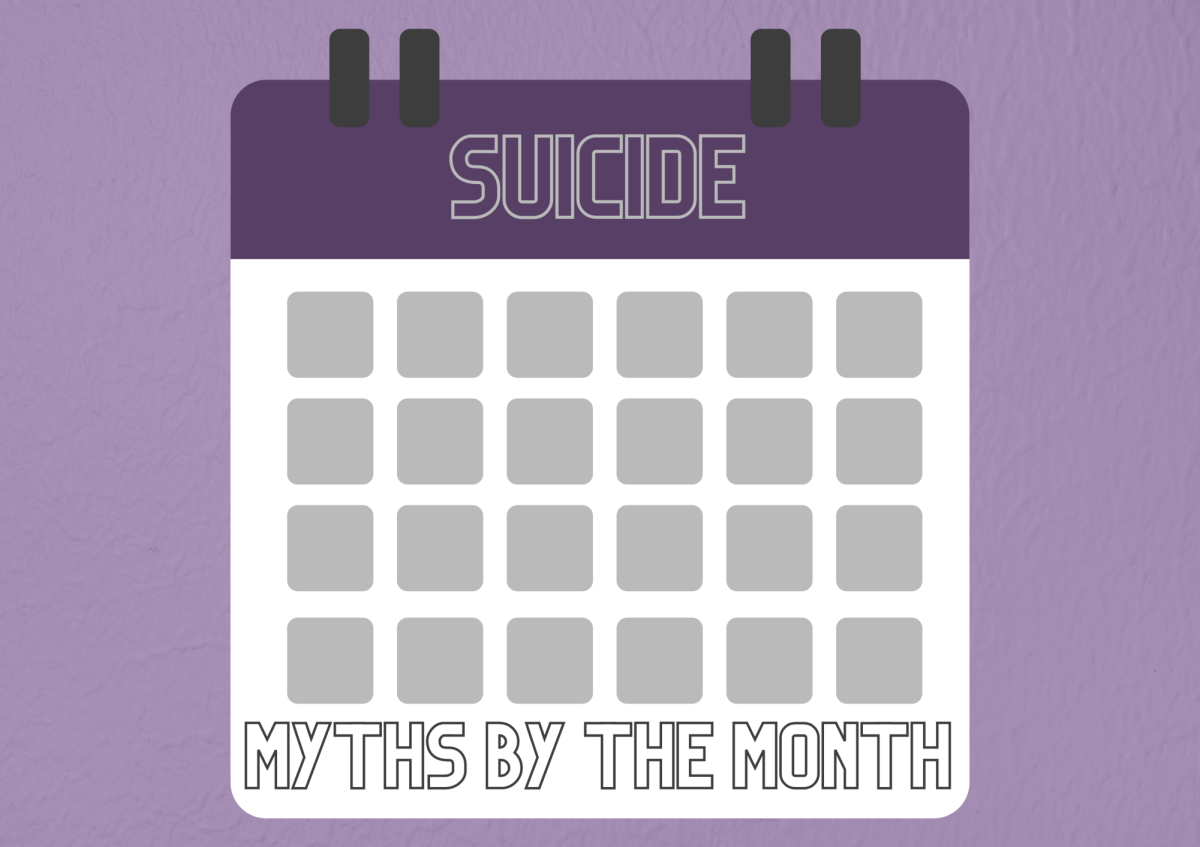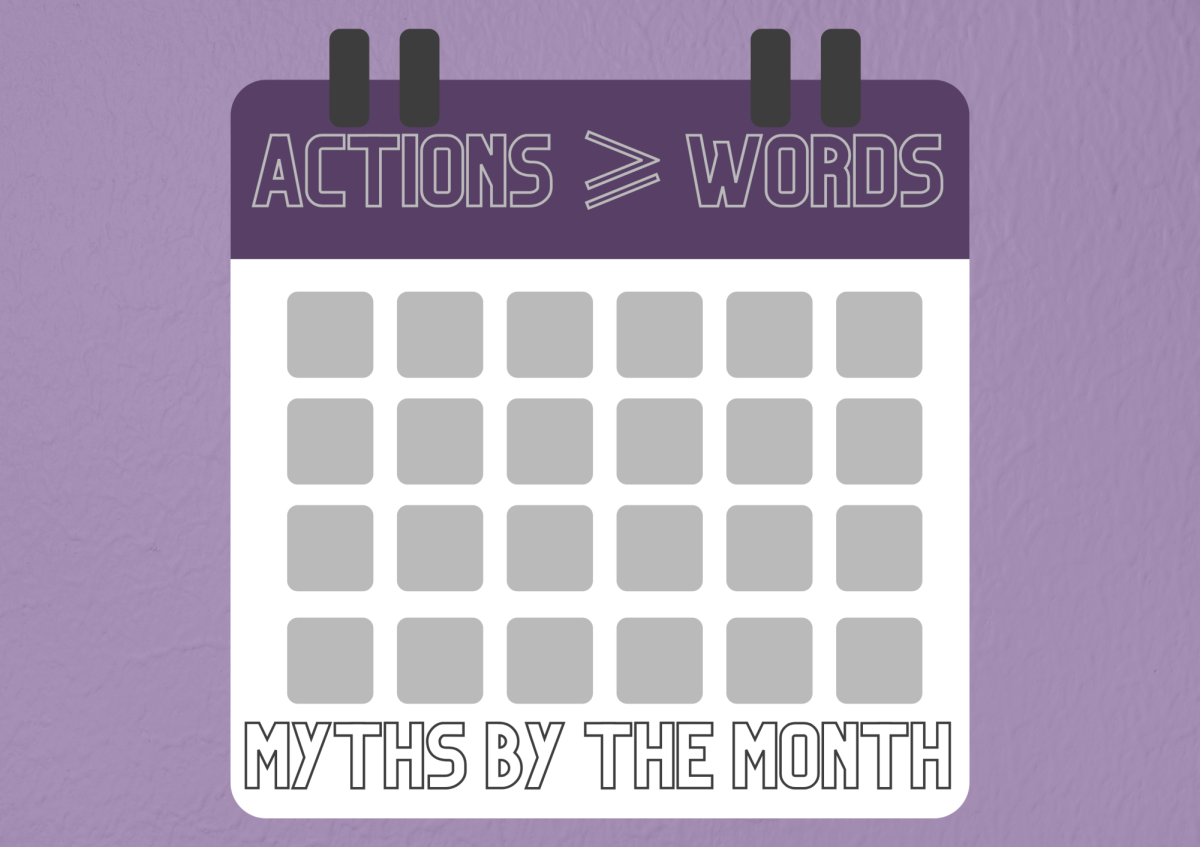Editor’s note: This article discusses self-harm and suicide attempts. If you or someone you know is struggling with similar things, call the Suicide and Crisis Lifeline at 988.
“He committed suicide.”
That was the last statement I was expecting to hear from my parents when I asked them how one of our distant family members passed away. I didn’t know someone I knew had passed from suicide; I didn’t think anyone in my life was going through that, but they were.
Suicide is the third leading cause of death for people ages 15-29 years old. Even then, I never thought it would hit so close to home, but it did. Millions of people all over the world are affected by mental illnesses that can lead to suicide. It doesn’t matter where someone is from or their social class, people make suicide attempts due to factors in their life such as prolonged stress or exposure to another person’s suicide.
Of every 100,000 people in our population, 14 will attempt suicide. It isn’t just a statistic or a life lost; it’s a family member, a fiancé, a best friend, a loved one and a human being — one who could’ve changed the world. There are stigmas put on suicide which imply that men face less mental trauma and instability than women or adults more than teenagers. This is a critical part of why it’s so difficult for society to acknowledge reality.
Being a male or female doesn’t automatically make someone more or less likely to be suicidal. There’s no direct connection to what could make someone have suicidal thoughts. It could be substance use, physical/mental illnesses, close family going through similar things, past trauma — it can affect anyone. At the end of the day, the world is losing a life, not just a male or a female.
On average, men are 3.85 times more likely to attempt suicide than women. It may just seem like a number, but it’s a life in this world. In 2022, 49,000 people died from suicide in the United States — that’s one death every 11 minutes. Though “only” 1.6 million people attempted suicide, 13.2 million people seriously thought about it and 3.8 million made a plan.
The average age of the first incident of self-harm is 13-years-old — the most common reason being a relief from thoughts or feelings. Self-harm doesn’t have to be some huge, deadly act; it’s one deliberately hurting themself without conscious suicidal intent. Even though self-harm and suicide differ, it can come to a point where one leads to the other — either way, both are dangerous and important to be educated on.
Society has led us to believe various misconceptions regarding suicide. Some people think that suicide is just someone seeking attention, but what they fail to realize is that sometimes that bit of attention can be life-saving. An extra check-in on a friend or an extra hug goes a long way, anyone could have the potential to attempt suicide; it isn’t something people have to fit a certain standard for.
While not every death is preventable, there are warning signs to look for so that number decreases. Knowing that my 11 minute drive to school is the same amount of time between one person passing away from suicide to another will never sit right with me. Talking about wanting to die, being trapped or being a burden and withdrawing from friends and family while giving away important possessions are warning signs of suicide. An extra bit of care and attention has the potential to help someone keep their place in this world.










